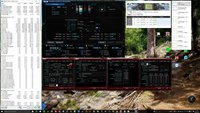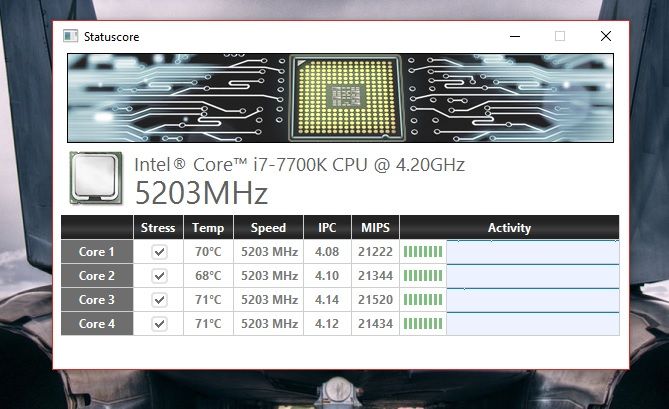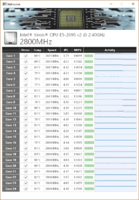techguymaxc
Limp Gawd
- Joined
- Jul 6, 2016
- Messages
- 139
Delidded the old fashioned way (with a razor). Cool laboratory Liquid Pro beneath the IHS, Phobya Nanogrease Extreme above it.
Specs:
Custom water cooling (single D5 pump w/reservoir top, XSPC Razor CPU block, EK 1070 GPU block, RX360 radiator with Corsair SP120s in push/pull, EX140 radiator with Corsair AF140s in push/pull).
Asus Strix Z270h
Corsair Vengeance LPX 16GB 3600 (18-19-19-39-2T) running at rated speeds
Gigabyte GTX 1070 (Founder's Edition) EK block & backplate @ 2062MHz GPU/8800MHz RAM
PC Power & Cooling Silencer III 1200W PSU
Fractal Design Define S
Here's the chip delidded:
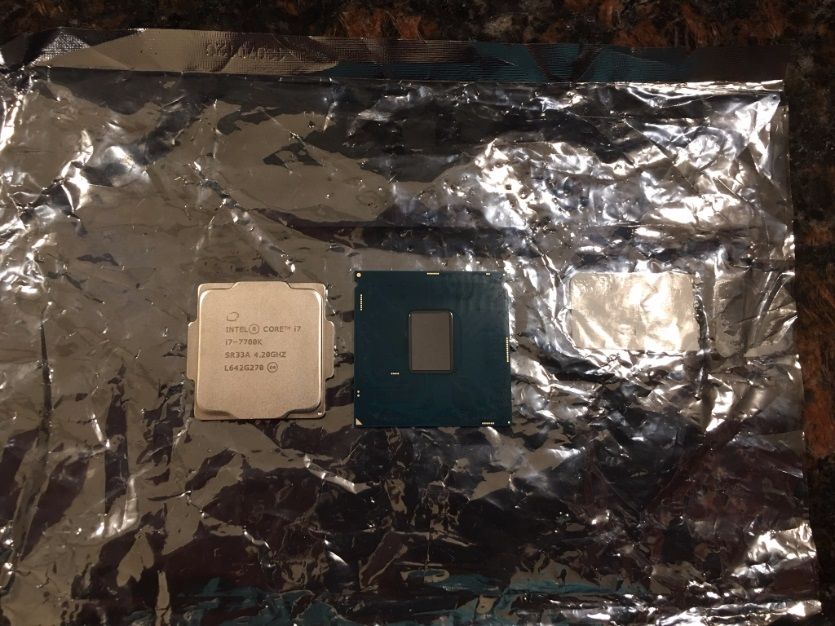
Overclocking Results:

Can pass basic stress testing with 1.32 set in BIOS, needs about 1.37-1.38 for longer runs. This is where I have it set for daily use. With an AVX offset of 500MHz it goes like this all day.
Here are a couple benchmarks. I can run others if anyone is terribly interested.
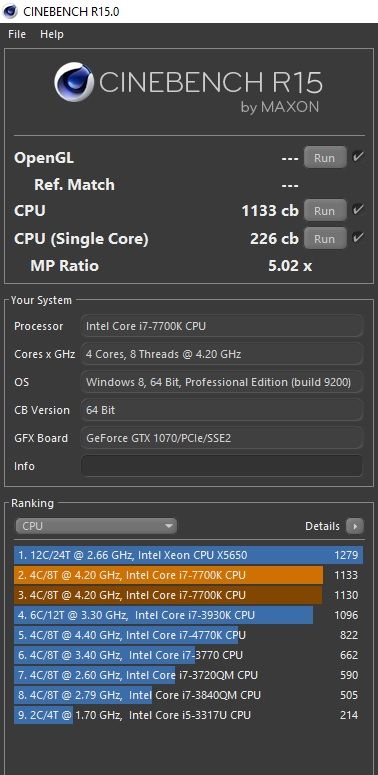
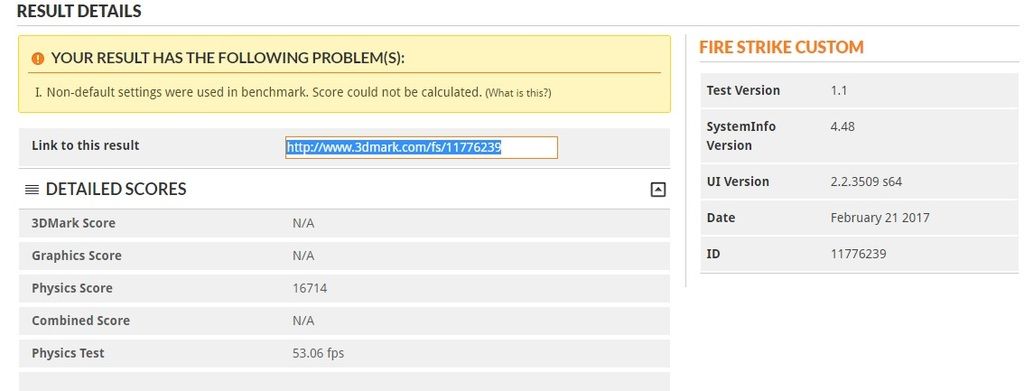
And a couple pics of Furmark stress testing @ 4k to give you an idea how much cooling capacity is in the water loop:
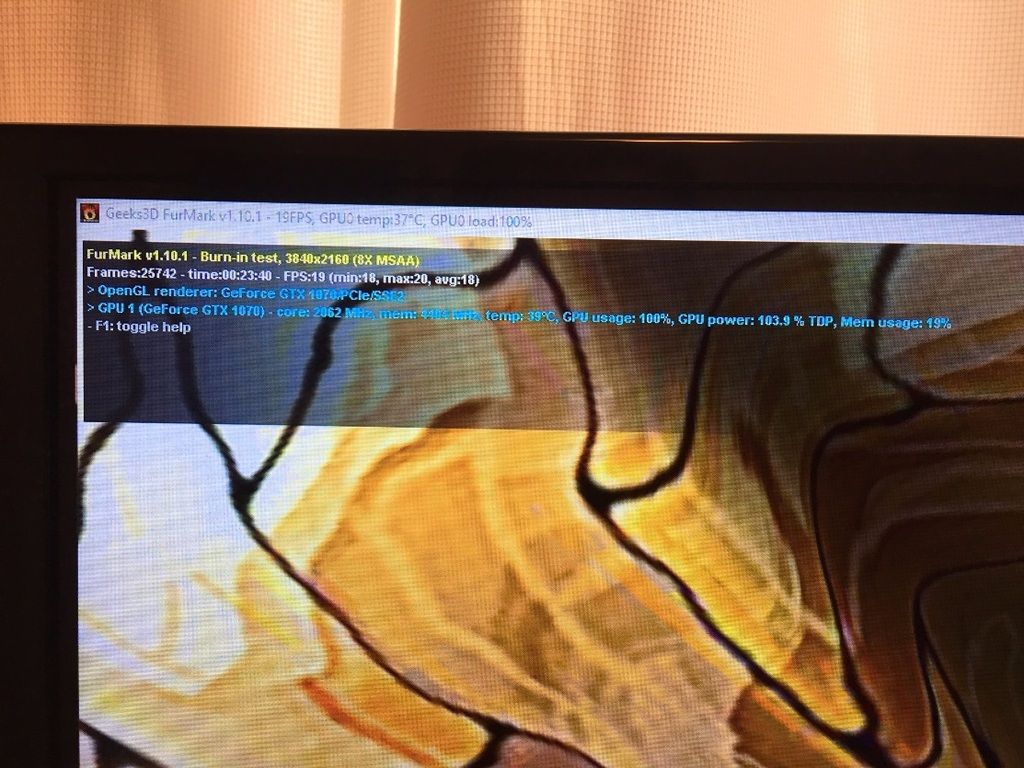
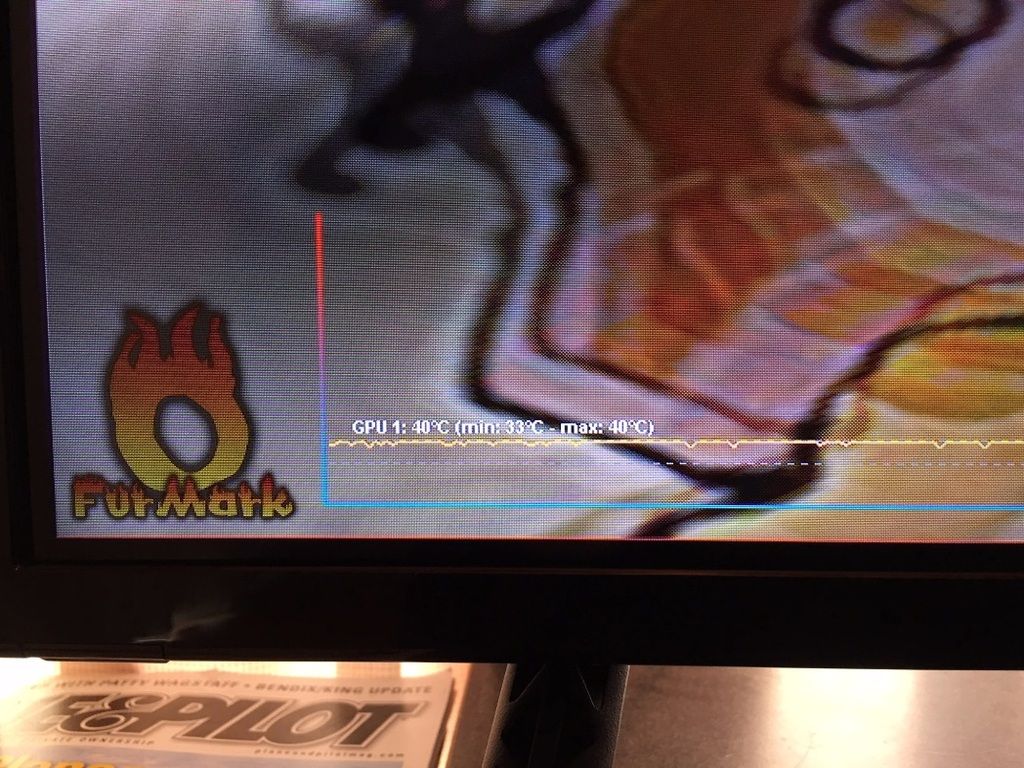
And a couple shots of the system to round it off:
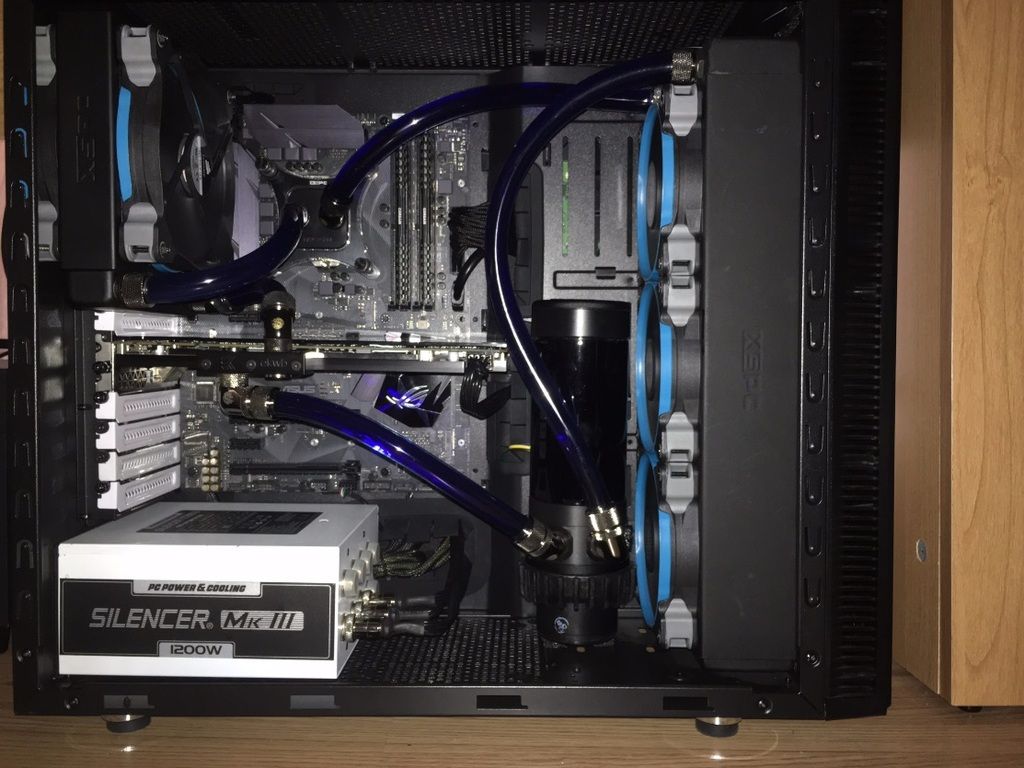
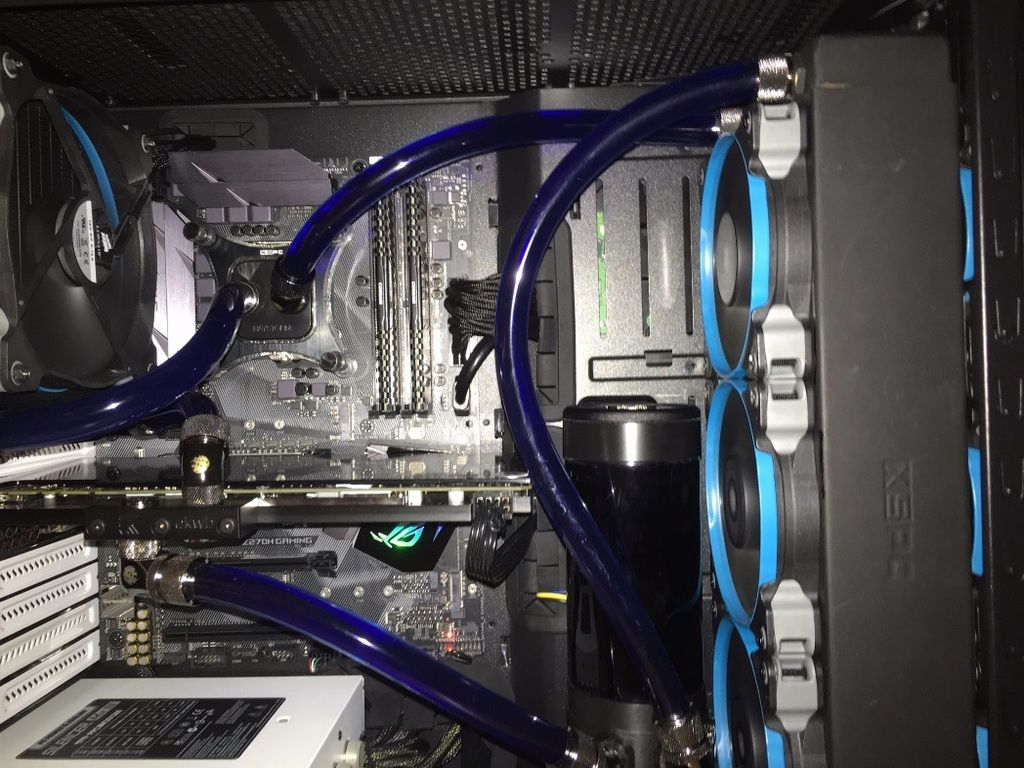
Specs:
Custom water cooling (single D5 pump w/reservoir top, XSPC Razor CPU block, EK 1070 GPU block, RX360 radiator with Corsair SP120s in push/pull, EX140 radiator with Corsair AF140s in push/pull).
Asus Strix Z270h
Corsair Vengeance LPX 16GB 3600 (18-19-19-39-2T) running at rated speeds
Gigabyte GTX 1070 (Founder's Edition) EK block & backplate @ 2062MHz GPU/8800MHz RAM
PC Power & Cooling Silencer III 1200W PSU
Fractal Design Define S
Here's the chip delidded:

Overclocking Results:

Can pass basic stress testing with 1.32 set in BIOS, needs about 1.37-1.38 for longer runs. This is where I have it set for daily use. With an AVX offset of 500MHz it goes like this all day.
Here are a couple benchmarks. I can run others if anyone is terribly interested.


And a couple pics of Furmark stress testing @ 4k to give you an idea how much cooling capacity is in the water loop:


And a couple shots of the system to round it off:


![[H]ard|Forum](/styles/hardforum/xenforo/logo_dark.png)
